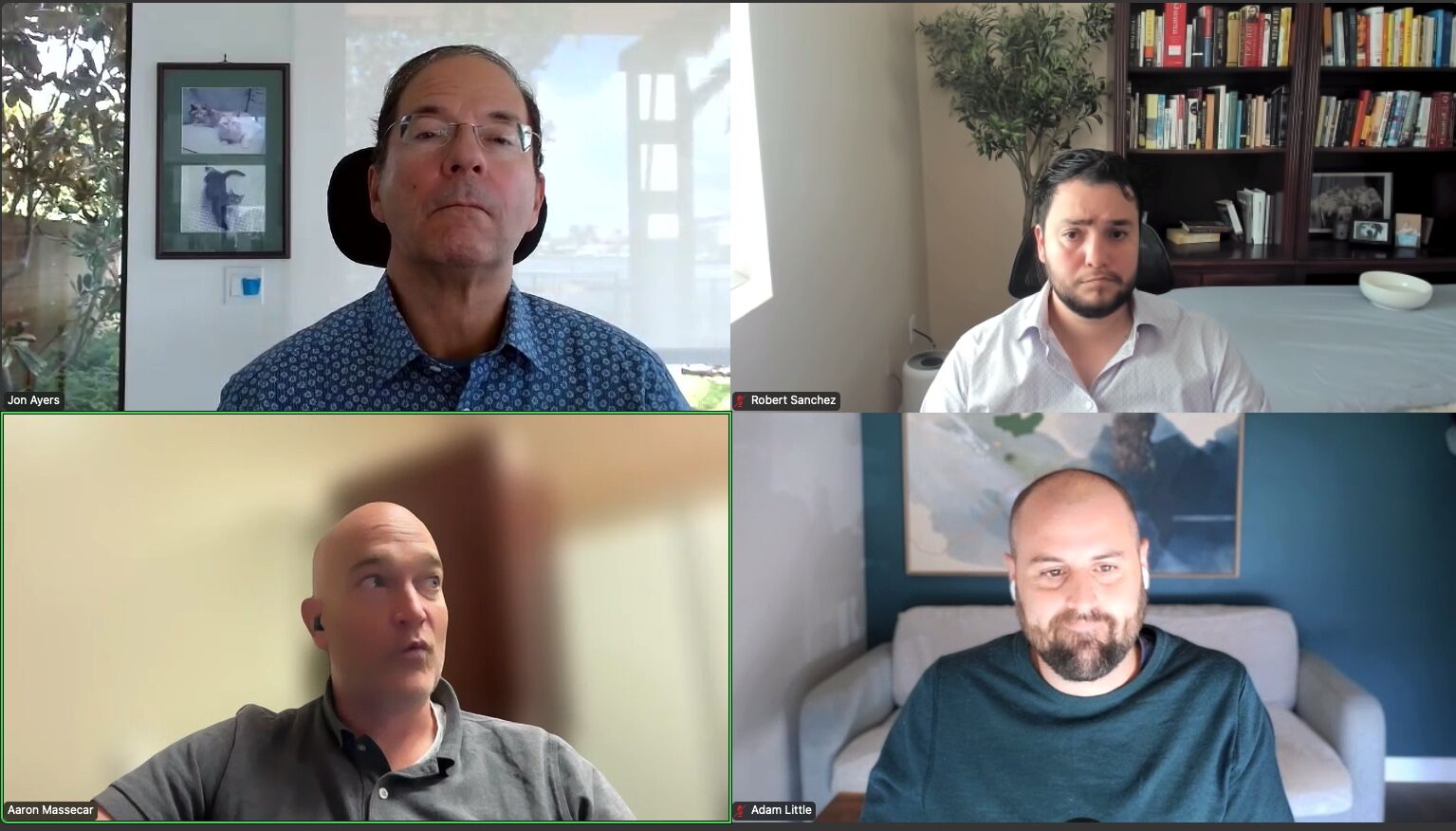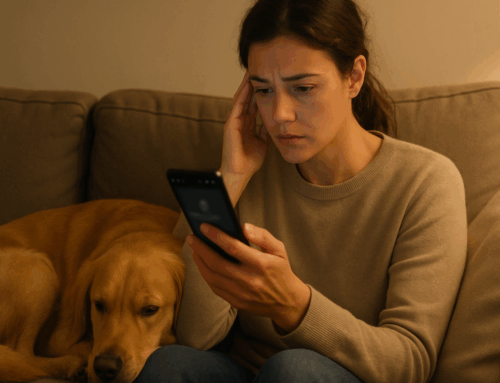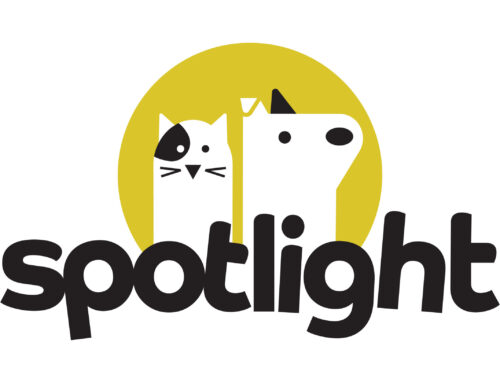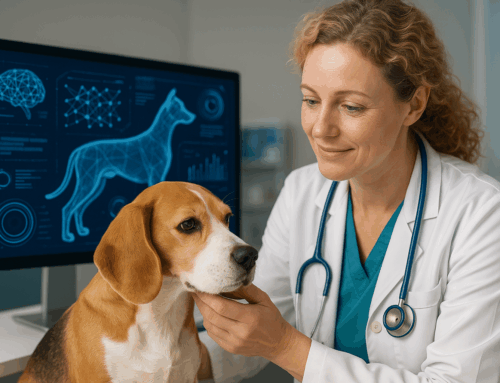When I started The Veterinary AI Brief, I wasn’t trying to build another podcast. I wanted a place to think out loud with people who are asking the right questions about where veterinary medicine is heading.
Every week, we sit down with innovators, clinicians, and researchers who are working at the edge of what’s possible with AI. We try to cut through the noise and get to the “so what”—what does this mean for veterinarians, for teams, for pet owners? What should we do about it?
Most episodes are practical. They connect dots. They give you something you can test on Monday morning. But every once in a while, we hit a conversation that feels bigger than that—like a moment in time you’ll look back on and realize the profession changed around it.
This week’s episode is one of those.
A Conversation That Stopped Me in My Tracks
Our guest is Jon Ayers, the longtime CEO of IDEXX and one of the most influential leaders in veterinary medicine over the past few decades. Jon doesn’t talk about AI like it’s a shiny new toy. He talks about it like someone who’s seen what happens when an entire industry gets rewritten by technology—and knows what’s coming next.
When Jon joined Adam Little, Aaron Massecar, and me to unpack the Companion Animal AI Report he co-authored, I expected an intelligent discussion about data and trends. What I didn’t expect was how quickly it would turn into a candid, almost urgent conversation about where we stand as a profession—and what happens if we don’t move.
Jon said something early that stuck with me: “Nobody I’ve spoken to is arguing that this won’t happen. The only debate is whether it’s happening now, or in 12 to 18 months.” That’s the window we’re talking about. Months, not years.
And the risk, in his words, isn’t over-investing—it’s doing nothing.
The Ground Is Shifting Beneath Us
Five years ago, “Dr. Google” was the problem. Clients walked in with search results and theories, and we rolled our eyes. Now they’re walking in with ChatGPT summaries, full lab interpretations, and self-written treatment plans. They’re not guessing—they’re synthesizing.
That’s not a threat. It’s a signal. Pet owners are becoming power users of information. They don’t want to replace their veterinarian; they want a partner who can keep up.
If you ignore that shift, you lose them. If you embrace it, you can build a relationship that’s stronger than ever. But it starts with letting go of the idea that expertise is scarce. Information isn’t scarce anymore—context is.
The Experience Gap Is Real
Adam shared a stat during our recording that hit me hard: pet owners under 35 are three times more likely to switch clinics in the next year. That’s not a reflection of bad medicine. It’s a reflection of changing expectations.
Clients today live in a world of instant, personalized response. They can ask AI a question at 11 p.m. and get an empathetic, well-written answer in seconds. Then they email their vet and wait two days for a reply that says, “Please call to schedule an appointment.”
That disconnect—the experience gap—is where we’re losing trust. AI won’t fix it on its own, but it can buy back the time and bandwidth we need to close it. The clinics that use AI to communicate more personally will stand apart. Those who don’t will get left behind.
Independents Have the Advantage—If They Move Now
This is the part of the conversation that gives me the most hope. Independents can move faster than anyone else.
A solo owner can test a new scribe or intake tool over lunch and roll it out by dinner. They can rework a workflow or rewrite a process without ten layers of approval. Corporates may have resources, but independents have speed—and in this moment, speed is everything.
That agility, paired with the trust and loyalty that come from being community-rooted, is a massive advantage. The practices that use that advantage to experiment early, learn fast, and evolve their client experience will win big.
The PIMS Is Losing Its Grip
For decades, the practice information management system (PIMS) has been the backbone of every clinic. It held the medical record, the invoices, the data. It was the system of record for the hospital.
That model doesn’t fit anymore. The most valuable work—intake, client communication, follow-up, documentation—is starting to happen outside the PIMS.
The future won’t be a single platform that tries to control everything. It’ll be a network of connected tools, each designed to do one thing incredibly well. AI scribes, client insight tools, digital forms—these are already reshaping the day-to-day of practice. They’re faster, lighter, and built around the end user, not the legacy database.
When you see it that way, the real disruption isn’t technology—it’s control. The tools that used to own the workflow are losing ground to the ones that actually make it better.
What We’re Seeing at Digital Empathy
At DE, we have a front-row seat to how this shift is playing out. Across hundreds of practices, we’re watching AI referral traffic climb at an exponential rate. Pet owners aren’t just Googling symptoms anymore—they’re asking ChatGPT for advice, then landing on our clients’ websites looking for validation or next steps.
That changes everything about how people find, choose, and build trust with a veterinary practice. And it raises the bar for all of us.
My advice to practice leaders is simple:
-
Start experimenting now. Pick one tool or one workflow and test it.
-
Get obsessed with your clients. Ask better questions. Listen to their real concerns, not just the ones they say out loud.
-
Make pricing and process transparent—it’s not about racing to the bottom, it’s about earning trust.
-
Use technology to enhance connection, not replace it. Let AI handle the admin work so your team can focus on empathy, not efficiency.
Why This Episode Matters
If you only listen to one episode of The Veterinary AI Brief this year, make it this one. Jon brings a level of clarity and urgency that I think the profession needs right now. He’s not talking about a distant, hypothetical future. He’s describing what’s already unfolding around us—and what we can do about it.
We talk a lot about the tension between risk and opportunity in AI. This episode made me realize they’re the same thing. The only real risk is staying still.
You can listen to the full conversation on Spotify here:
The AI Power Shift in Vet Med: What Happens Next (with Jon Ayers) by the Veterinary AI Brief






Leave A Comment